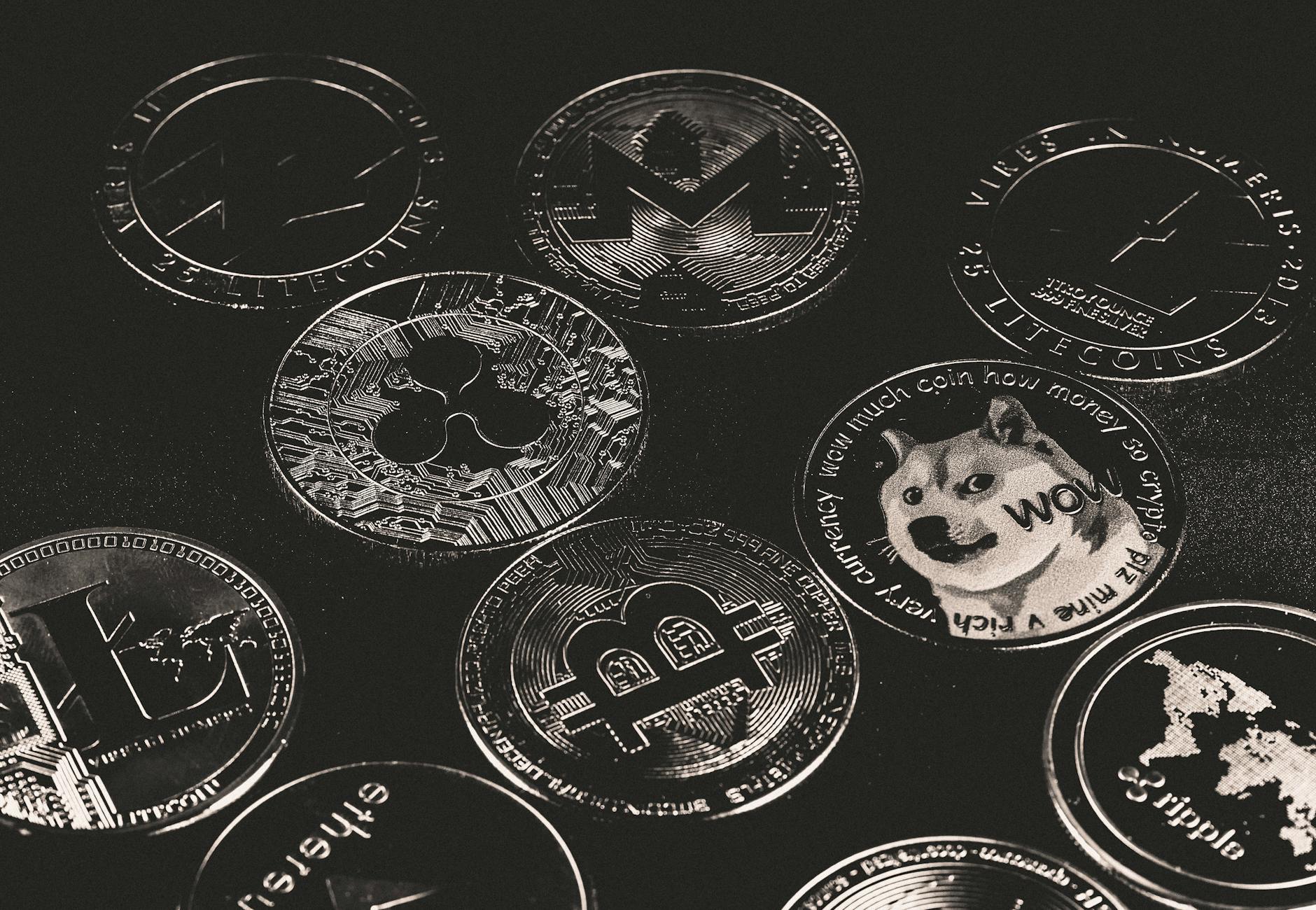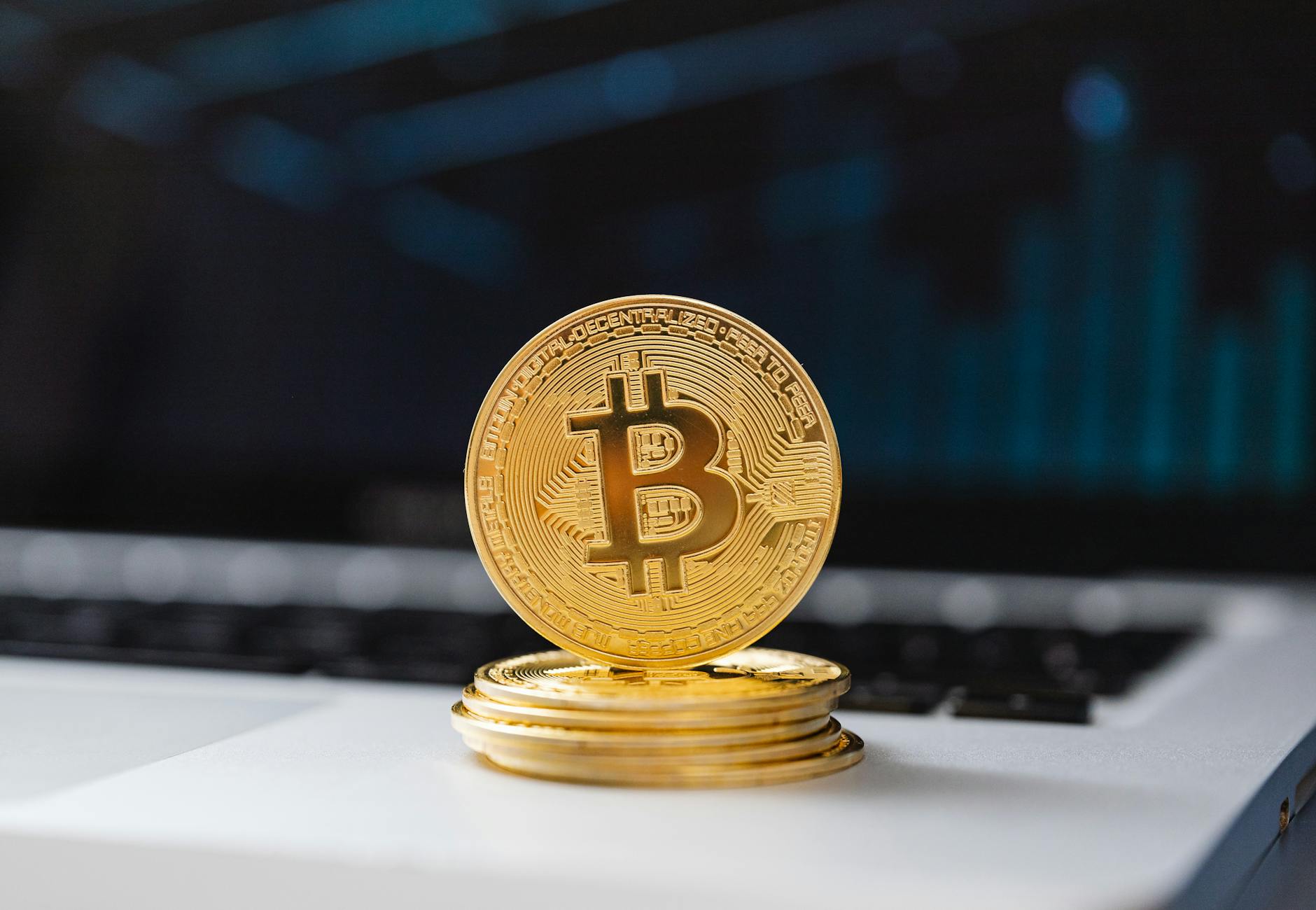US House Committee Passes Bitcoin Bill: Big Steps for Regulatory Clarity
- Get link
- X
- Other Apps

US Crypto Regulation Inches Closer: House Committee Passes Digital Asset Market Clarity Act
📌 Event Background and Significance
📜 The U.S. House Agriculture Committee has recently passed the Digital Asset Market Clarity Act with a 47-6 bipartisan vote, signaling a significant step toward establishing regulatory clarity in the crypto market. This move comes alongside ongoing efforts in the House Financial Services Committee and the Senate, which is considering the Guiding and Establishing National Innovation for U.S. Stablecoins of 2025" (GENIUS) Act. This coordinated activity underscores the growing urgency to define the regulatory landscape for digital assets in the United States.
📜 Historically, the absence of clear regulations has created uncertainty, hindered institutional investment, and exposed retail investors to risks. Past regulatory failures have led to scams, market manipulation, and investor losses, highlighting the need for a comprehensive legal framework. The passage of the Digital Asset Market Clarity Act aims to address these issues by providing market participants with certainty and filling regulatory gaps.
📜 This year's push for crypto regulation is particularly critical due to the increasing adoption of digital assets and the growing interconnectedness of the crypto market with the traditional financial system. As more Americans engage with cryptocurrencies, the demand for consumer protections and regulatory oversight becomes paramount. Furthermore, the rise of stablecoins and DeFi platforms necessitates clear rules to ensure financial stability and prevent illicit activities.
📊 Market Impact Analysis
⚖️ The advancement of the Digital Asset Market Clarity Act is expected to have both short-term and long-term effects on the crypto market. In the short term, the news could boost investor confidence, leading to increased trading activity and potentially higher prices for certain cryptocurrencies. However, the market may also experience volatility as investors react to the specifics of the legislation and its potential impact on different sectors within the crypto ecosystem.
📜 Long term, the act could foster greater institutional adoption of digital assets by providing regulatory certainty and creating a level playing field for market participants. This could lead to increased liquidity, reduced price volatility, and the development of innovative financial products and services. Conversely, overly restrictive regulations could stifle innovation and drive crypto businesses overseas, limiting the growth potential of the U.S. crypto market.
⚖️ The stablecoin sector is particularly sensitive to regulatory developments. The GENIUS Act, currently under consideration in the Senate, aims to establish guardrails for stablecoin issuers, which could significantly impact the stability and trustworthiness of these assets. Clear regulations for stablecoins could boost their adoption as a medium of exchange and a store of value, but overly burdensome requirements could limit their utility and competitiveness.
⚖️ DeFi platforms could also be affected by the new regulations, particularly if they are classified as securities or commodities. This could require DeFi projects to register with regulatory bodies, comply with KYC/AML requirements, and implement investor protection measures. The NFT market may also see increased scrutiny, particularly concerning the classification of NFTs as securities and the protection of intellectual property rights.
📌 Key Stakeholders’ Positions
📜 Key stakeholders in the crypto regulation debate include lawmakers, industry leaders, and crypto projects, each with distinct viewpoints on the issue.
| Stakeholder | Position | Impact on Investors |
|---|---|---|
| Lawmakers (e.g., Rep. Thompson, Sen. Hagerty) | Favor regulatory clarity, consumer protection, and fostering innovation. | 🏛️ ⚖️ Regulations could legitimize crypto, attracting institutional investment. |
| Industry Leaders | ⚖️ Seek balanced regulations that promote growth while ensuring compliance. | 📈 Compliance costs may increase, but long-term stability could improve. |
| Crypto Projects | Concerned about potential regulatory burdens and compliance costs. | Some projects may need to adapt or relocate to remain competitive. |
📜 Chairman Glenn "GT" Thompson of the House Agriculture Committee emphasized that the Clarity Act "provides certainty on digital assets to market participants, fills regulatory gaps, bolsters American innovation, and brings needed customer protections." Ranking Democrat Angie Craig acknowledged the bill's imperfections but stressed the importance of acting to protect retail investors. However, some Democrats, like Representative David Scott, worry the bill doesn't properly fund the commodities regulator and is a "gift to the worst actors" in the industry.
Senator Bill Hagerty, a sponsor of the GENIUS Act, has emphasized the limited window for adoption this year, highlighting the urgency of passing stablecoin legislation. Maxine Waters, the top Democrat on the House Financial Services Committee, has expressed concerns about potential conflicts of interest involving senior government officials and crypto businesses, advocating for transparency and accountability.
🔮 Future Outlook
📜 The future of crypto regulation in the U.S. remains uncertain, but several potential developments could shape the market landscape in the coming years. If both the Digital Asset Market Clarity Act and the GENIUS Act pass Congress, the U.S. will have a more defined regulatory framework for digital assets, potentially attracting more institutional investment and fostering innovation. However, challenges remain, including the need for ongoing coordination between regulatory agencies and the potential for future amendments to the legislation.
📜 The regulatory environment is likely to evolve as the crypto market matures and new technologies emerge. This could lead to further refinements of existing regulations and the development of new rules to address emerging risks and opportunities. Investors need to stay informed about these developments and be prepared to adapt their strategies accordingly.
📜 One potential opportunity for investors lies in identifying crypto projects that are well-positioned to comply with the new regulations and benefit from increased institutional adoption. Another opportunity is to explore innovative financial products and services that leverage digital assets in a compliant and responsible manner. However, investors should also be aware of the risks associated with investing in the crypto market, including price volatility, regulatory uncertainty, and the potential for fraud and scams.
📌 🔑 Key Takeaways
- The House Agriculture Committee passed the Digital Asset Market Clarity Act, a significant step toward U.S. crypto regulation. This bill aims to establish clear jurisdictional boundaries between the CFTC and SEC.
- The Senate is nearing a vote on the GENIUS Act, focusing on regulating stablecoin issuers, which could significantly impact the stablecoin market. Investor sentiment may shift based on the final form of these regulations.
- Key stakeholders have differing views, with some lawmakers advocating for strong consumer protections while others worry about stifling innovation. Navigating this landscape requires careful monitoring of regulatory developments.
- The future outlook involves potential for increased institutional adoption and innovation if regulations are balanced, but risks remain, including price volatility and regulatory uncertainty. Adaptability will be key for investors in the evolving crypto market.
The passage of the Digital Asset Market Clarity Act, while seemingly positive on the surface, presents a complex dichotomy. While it provides much-needed regulatory clarity for some sectors of the crypto market, particularly those dealing with digital commodities, it simultaneously leaves questions unanswered regarding the treatment of securities and DeFi. From my perspective, the true impact will depend on the Senate's treatment of the GENIUS Act and how the House and Senate reconcile their versions of stablecoin regulation, as this will set the tone for the entire regulatory framework. If the regulations are perceived as overly restrictive, we could see a significant exodus of innovative projects to more crypto-friendly jurisdictions, potentially hindering the long-term growth of the US crypto market. Conversely, balanced regulations could attract institutional investment and unlock new opportunities for growth. I predict a period of increased scrutiny and compliance costs for crypto businesses in the short-term, followed by a gradual consolidation of the market as larger, more established players adapt to the new rules. Ultimately, the success of these regulatory efforts will hinge on their ability to strike a balance between protecting investors and fostering innovation.
- Carefully monitor the progress of both the Digital Asset Market Clarity Act and the GENIUS Act through the legislative process, noting any amendments or changes that could impact specific crypto assets or sectors.
- Reassess portfolio allocations, considering diversifying into stablecoins or other assets that are likely to benefit from increased regulatory clarity and stability.
- Research crypto projects that have demonstrated a proactive approach to regulatory compliance and a commitment to transparency and investor protection.
- Set price alerts for key cryptocurrencies, anticipating potential volatility spikes as regulatory developments unfold.
— Ben Bernanke
Crypto Market Pulse
June 10, 2025, 17:10 UTC
Data from CoinGecko
| Date | Price (USD) | Change |
|---|---|---|
| 6/4/2025 | $105434.48 | +0.00% |
| 6/5/2025 | $104812.92 | -0.59% |
| 6/6/2025 | $101650.74 | -3.59% |
| 6/7/2025 | $104409.75 | -0.97% |
| 6/8/2025 | $105681.45 | +0.23% |
| 6/9/2025 | $105692.25 | +0.24% |
| 6/10/2025 | $110261.57 | +4.58% |
| 6/11/2025 | $108840.10 | +3.23% |
▲ This analysis shows BITCOIN's price performance over time.
This post builds upon insights from the original news article, offering additional context and analysis. For more details, you can access the original article here.
- Get link
- X
- Other Apps
